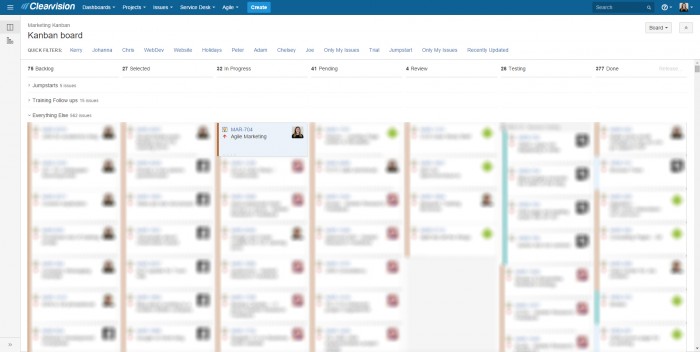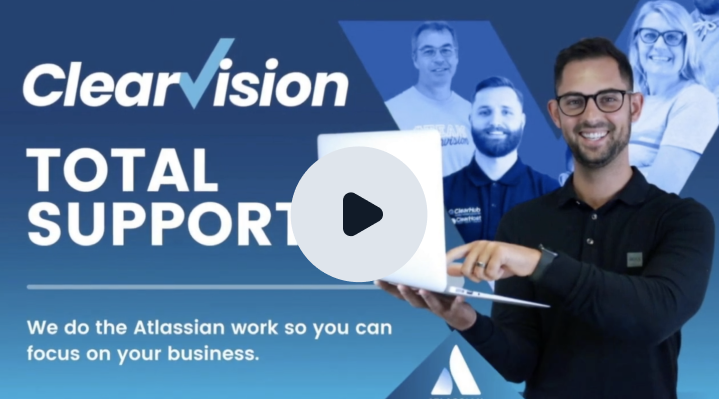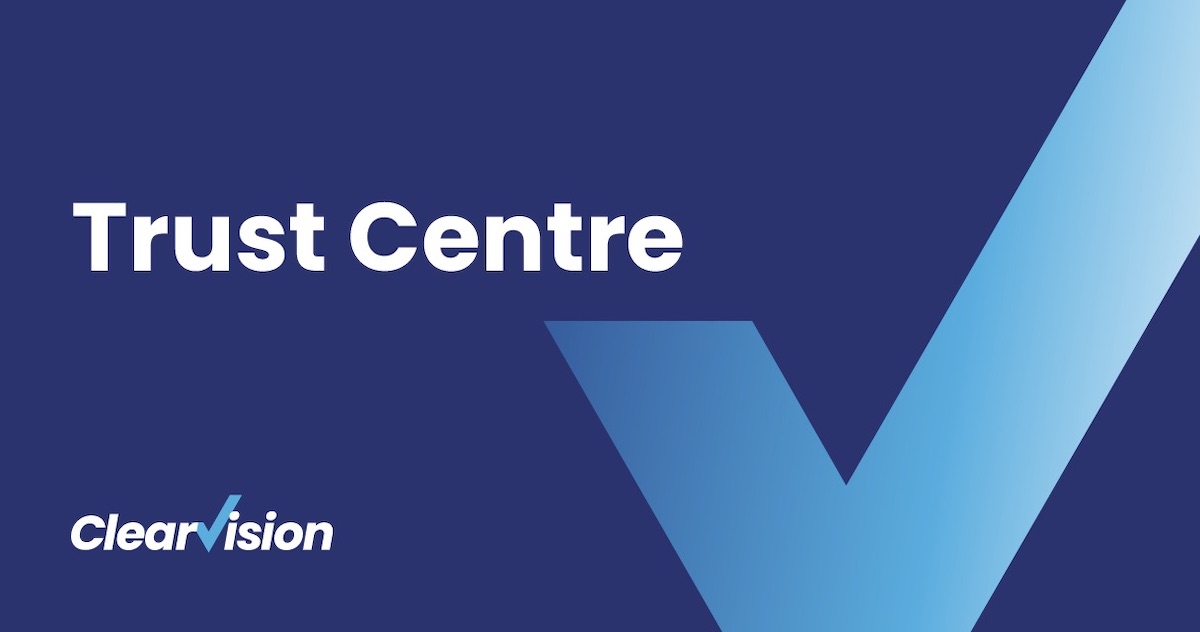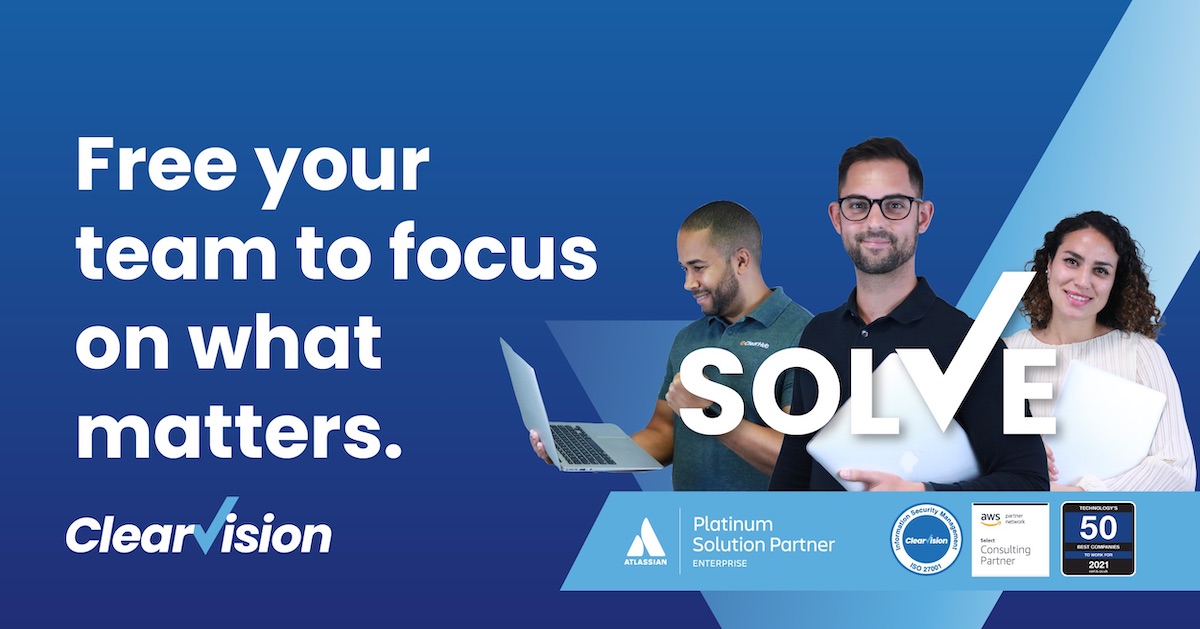A line I sometimes throw out in the Clearvision office is that I don’t know how I got anything done before JIRA. How did I keep track of all the things I had to do? How did I remember deadlines? How did I even know what my tasks were?
Without a Kanban board, how did I function?
The year before I started here at Clearvision, I completed a Masters degree, and I had to keep track of tasks, reading, research, essays, presentations, a thesis… A lot. I managed, of course, but looking back, I wish I’d known about agile – I wish I’d had JIRA!
Here’s why.
Agile working meets academia
In a way, agile working has a lot in common with the way work gets done in an academic setting, especially if you’re working on something lengthy. You hand a chapter draft into your advisor; you get it back with feedback; you incorporate that feedback into rewrites and any future chapters or projects.
Sound familiar?
The following statements of value are integral to agile working:
- Individuals and interactions over processes and tools
- Working software over comprehensive documentation
- Customer collaboration over contract negotiation
- Responding to change over following a plan
For most academic disciplines, the software and customer points aren’t so relevant, but that last one in particular is a big deal. Incorporating feedback as you progress means you’ll improve as the work goes on. You can work in iterations, instead of editing one huge piece of work at the end – it’s a timesaver that can feel like a lifesaver when you’re hurtling towards deadlines!
Feedback and discussion will shape an academic piece of work the same way it will shape a piece of software. Think of your academic peers and supervisors as the equivalent of customers and end users for software developers; you’re creating for someone, and it’s important to listen to them when it comes to improving the direction that work takes.
Tracking tasks and time
Even at a high level, we can see how adopting an agile mindset can help when navigating academia. More specific than simply knowing more about agile, though, I wish I’d had access to JIRA when I was studying.
JIRA Software is a bug tracking tool – the number one software development tool used by agile teams, in fact. But, as Atlassian has shown by broadening its offerings in JIRA 7 with JIRA Service Desk and JIRA Core, it can be used for much more than software development.
Atlassian offers marketing, legal, finance, HR teams and more as examples of the varied business departments that JIRA can help. I’d make the argument that it’s not just business departments that can benefit from the improved efficiency and processes that JIRA can bring – academics, students and teachers alike, could gain a lot from it. JIRA for students can go a long way.
When I think back to being a graduate student in particular, the visibility offered by JIRA would have been invaluable, because a lot of the time, my notes and research ended up looking like this:

Piles of books, piles of paper, endless to do lists… There was no clarity, whereas JIRA is renowned for providing visibility of the progress of a project.
JIRA’s time tracking capabilities would have been equally useful. I was a full time grad student and also working part time, so like many students, time management was huge for me. By breaking assignments into smaller stages or tasks and tracking how long each stage took, planning for similar sized assignments in the future would have been a breeze. Times and information would have already been there for me.
Most significantly, I wish I’d had…
Kanban
I’m most familiar with Kanban within JIRA. This previously took the form of the JIRA Agile plugin, but Kanban boards are now part of JIRA Software.
Here’s how I, as a marketer who primarily focuses on content, use JIRA at the moment:

Related Resources
Tasks sit in the in progress column while they’re actively being worked on – in the screenshot above, for example, I was working on a blog about agile marketing.
The other columns cover the rest of the stages a task will cycle through before it’s done: ideas sit in the backlog; selected acts as a way to prioritise tasks from the backlog; pending is where a task waits when some work has been done, but it’s currently blocked; all tasks must be reviewed before being marked complete.
We’ve explored the workflows behind our agile marketing processes in more depth before, but it translates nicely to academic processes. As we’ve already discussed, reviews and feedback play a big role academia, and a column that acts in a similar way to our pending column ensures that a task that needs to be delayed or is being blocked (from waiting on someone else for a group assignment to waiting for a book you’ve reserved to be returned to the library) won’t simply be forgotten about.
And we all love the feeling of crossing something off a to do list – moving a task into done is equally satisfying!
The beauty of JIRA is that its workflows can be fully customised. If a school or university uses JIRA, it can configure different workflows to suit all departments, as well as workflows to meet the varying needs of students, researchers and professors.
Learn more about JIRA
If you think you, your school or your students could benefit from a collaborative tracking tool like JIRA, we recommend downloading this free JIRA Basics guide. It will give you a quick, thorough overview of what can be achieved even just using JIRA’s more basic functionality, and you’ll take away some great tips for JIRA for students.
Alternatively, get in touch with Clearvision today! Our teams have worked with organisations across the globe, helping them work better and faster with Atlassian favourites like JIRA, Confluence, and HipChat.
clearvisionwebmaster
Atlasssian expert resources
Visit our blog for expert news and articles from the Atlassian world. On our resources page you will find recorded webinars, white papers, podcasts, videos and more.
The Software Blog
Read our blog for articles offering best practice advice written by Atlassian experts, as well as the latest news concerning your software.
Software White Papers and Guides
Dive deep into Atlassian software with our white papers and guides on individual tools, partner products, services, and best practices, written by the experts.
Expert Webinars
All of our webinars are pre-recorded and available to watch on-demand. Enjoy everything from partner features to application demos and updates from Atlassian experts.
















